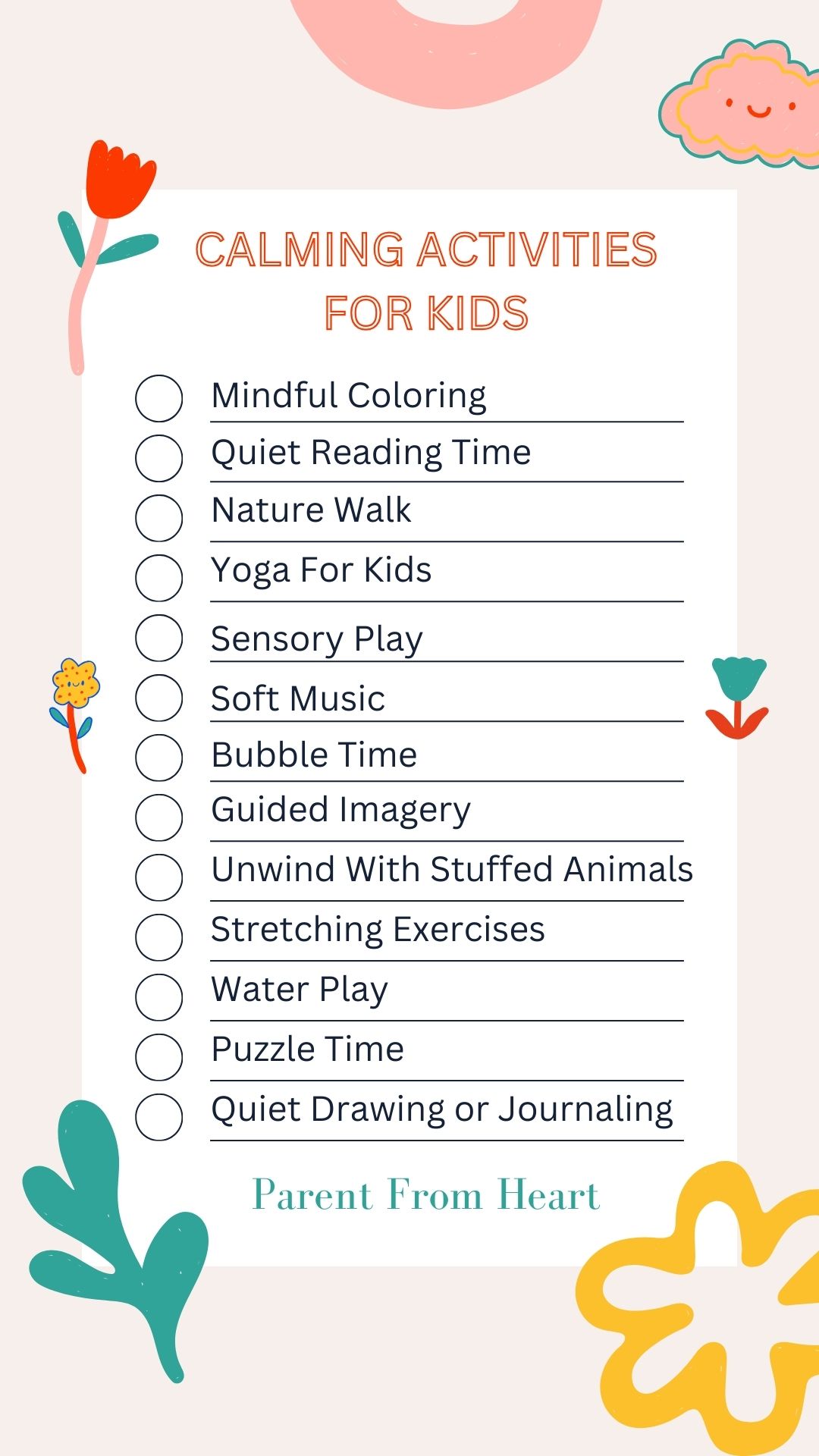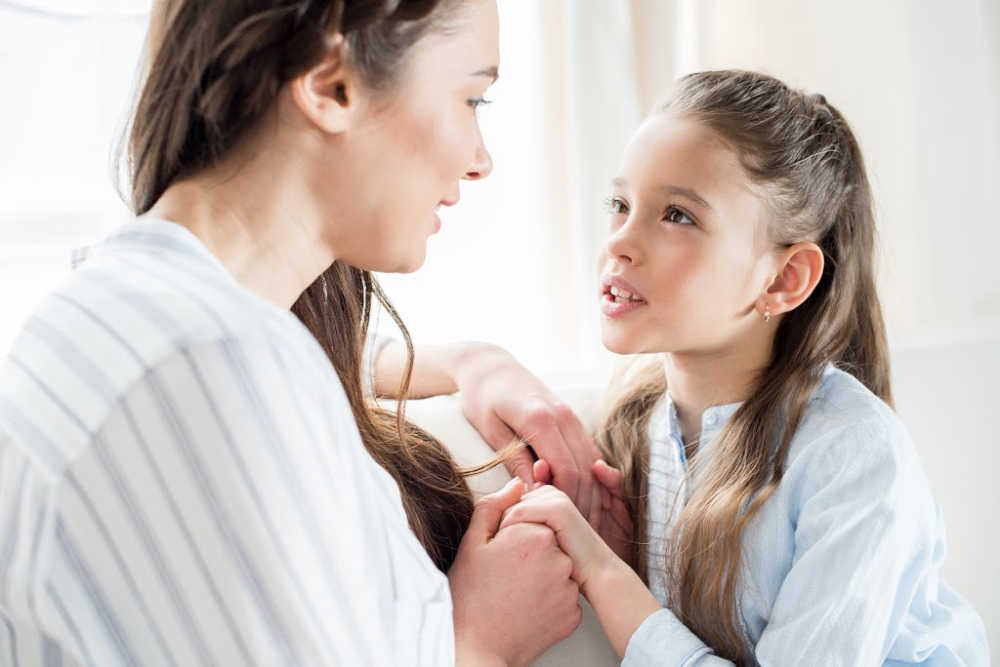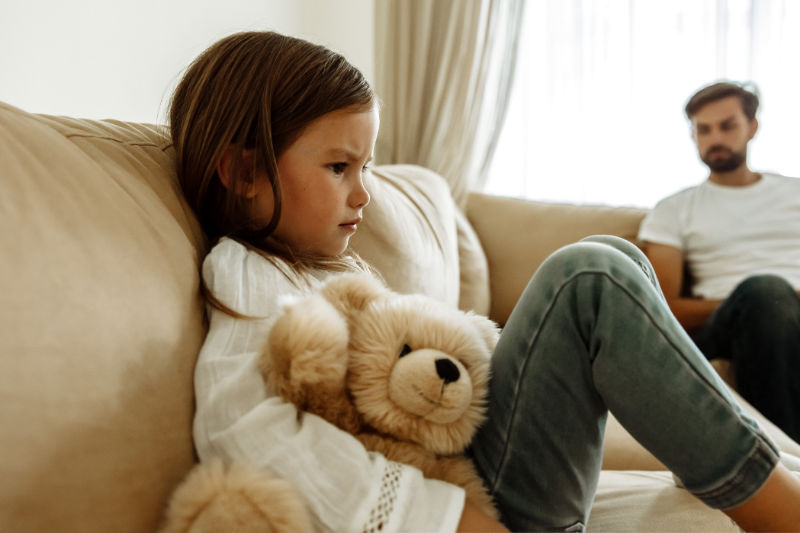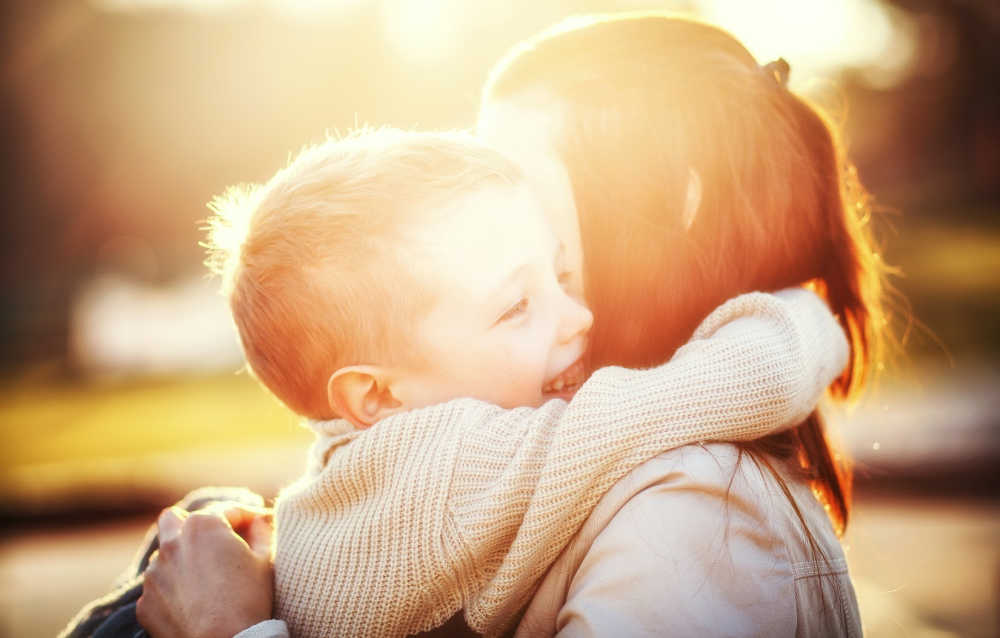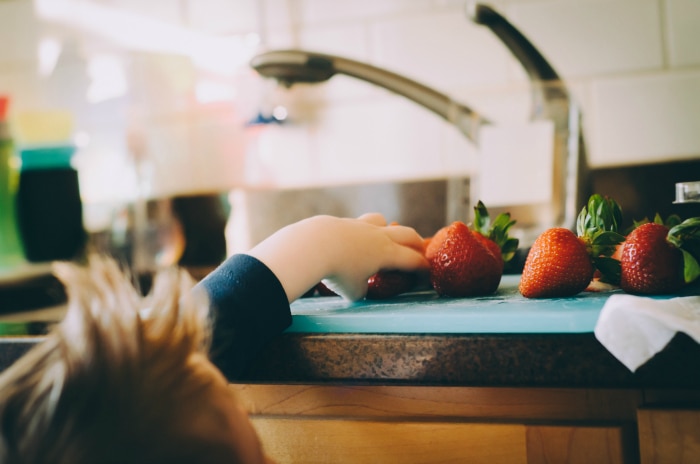Table of Contents
- What is Normal vs. Excessive Energy Levels
- How Does a Child’s Hyperactivity Impact Parenting?
- What are the Natural Ways on How to Calm A Hyper Child?
- How to Incorporate Nature into Daily Life
- How to Harness the Power of Aromatherapy
- How Deep Breathing Exercises Can Help Calm A Hyper Child
- Calming Hyper Kids with Outdoor Activities
- Try the Natural Ways to Calm a Hyper Child
- Bonus Calm Down Activities to Try With Your Child
Some kids come with a unique beat – an exuberant energy that seems to dance to its own tune. Hyperactivity, in its essence, is not a one-size-fits-all phenomenon. It transcends the stereotypical image of a child bouncing off the walls, requiring us to attune our ears to the subtler nuances. Among the approaches to managing this behavior, exploring natural ways to calm a hyper child is now a viable option.
Recognizing signs of hyperactivity involves peeling back the layers of behavior, attention, and emotion. It involves deciphering the subtle cues that hint at energy levels outside the norm. These cue manifest in erratic attention spans, impulsive actions, and emotional responses.
What is Normal vs. Excessive Energy Levels
Navigating the fine line between children’s typical and excessive energy levels requires observing their behavior, temperament, and daily activities. Here’s a breakdown to help parents differentiate between the two:
Normal Energy Levels
Playful Engagement
Children with normal energy levels actively engage in various activities. They enjoy running, jumping, and exploring their surroundings, showcasing a healthy enthusiasm for life.
Focused Attention
Children with regular energy levels can generally maintain focus on age-appropriate tasks. These include playing with toys, reading a short story, solving treasure hunts, or completing simple puzzles.
Adaptable Behavior
These children demonstrate adaptability in different environments. They can transition smoothly between activities, follow routines, and interact appropriately with peers and adults.
Restful Sleep
Normal energy levels typically allow for restful sleep. These children can wind down and settle into a peaceful night’s sleep without excessive restlessness or difficulty falling asleep.
Excessive Energy Levels
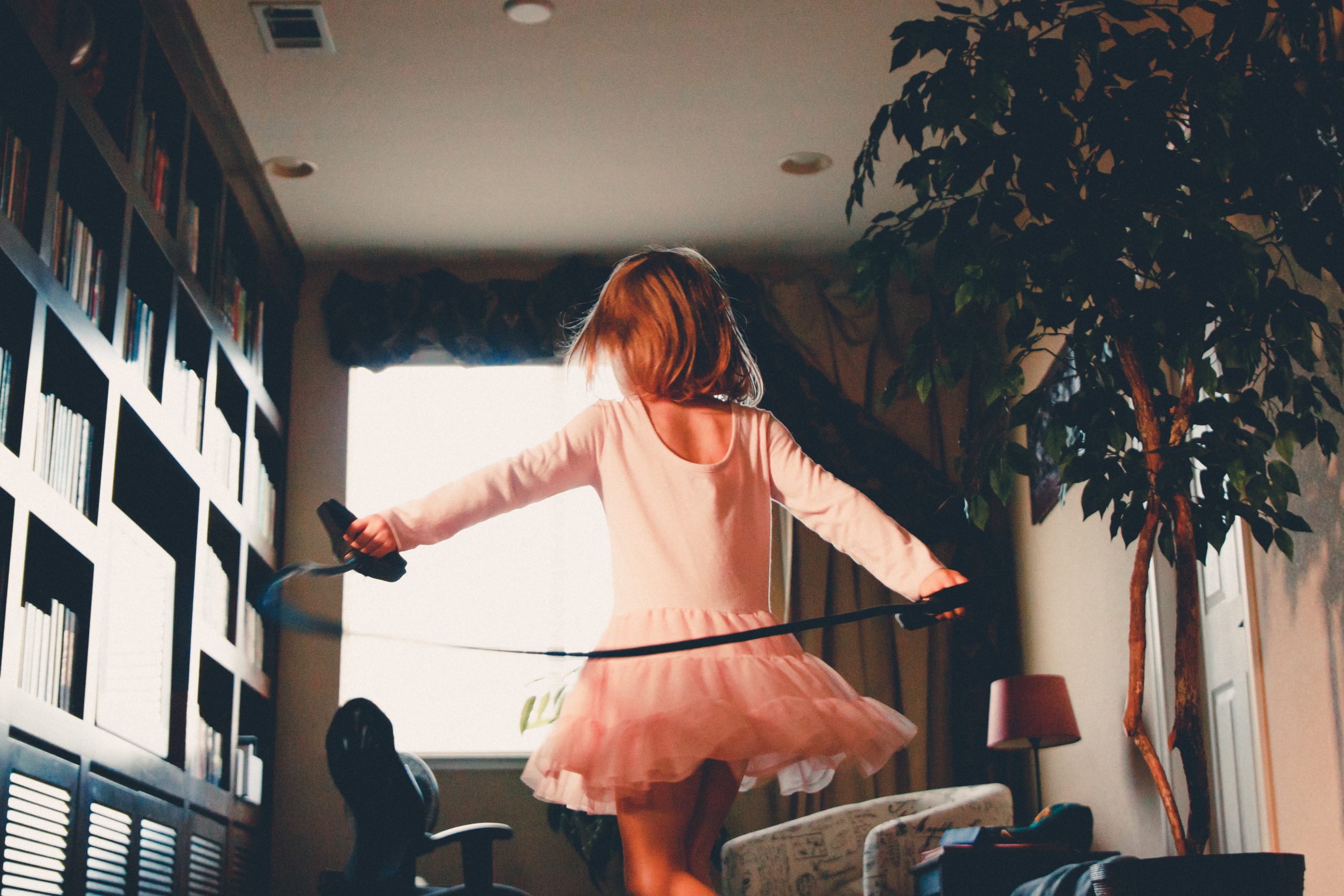
Constant Movement
Children with excessive energy levels often exhibit constant movement even if stillness is expected. They may constantly fidget or engage in repetitive motions.
Impulsive Behavior
Impulsivity is a crucial indicator of excessive energy. Children may act without considering consequences, interrupt conversations, or struggle with self-control in situations that require patience.
Short Attention Spans
Excessive energy levels can result in shorter attention spans. Children may find it challenging to focus on tasks for an appropriate duration, making it difficult for them to engage in structured activities.
Difficulty Settling Down
Transitioning from high-energy activities to quieter moments can be a struggle for children with excessive energy. They may resist bedtime routines, find it hard to wind down, and experience difficulty falling asleep.
Overwhelming Emotions
Excessive energy can contribute to intense emotional reactions. Children with regular energy levels may experience heightened emotions. As a result, they encounter frustration or excitability more frequently than their peers.
How Does a Child’s Hyperactivity Impact Parenting?
A child’s hyperactivity can leave an indelible mark on one’s parenting journey. Daily routines come with unexpected twists and turns. Moreover, the perpetual motion of a hyperactive child can be both exhilarating and exhausting -thus reshaping the foundation of traditional child-rearing techniques.
The impact is not limited to the tangible – the toys scattered across the living room or the energy expended in a never-ending game of tag. It extends to the emotional realm, where patience and frustration ebb and flow.
What are the Daily Struggles of Parents with Hyper Children?
Imagine this: mornings become a battleground for getting ready for school, where putting on shoes can transform into an Olympic-level challenge. Parents might also notice that homework sessions are more challenging because of fleeting attention spans. At night, sleep routines become a tough negotiation. These are only a few of what parents of hyperactive children go through.
We understand that it can be frustrating and tiring. There is always a struggle with providing structure without stifling creativity and fostering independence without compromising safety. Each day unfolds as a unique adventure. Therefore, managing the external manifestations of hyperactivity and creating a supportive environment are crucial.
What are the Long-Term Consequences of Unmanaged Hyperactivity?
Beyond the immediacy of daily struggles, the consequences of unaddressed hyperactivity cast a shadow that stretches into the future. It may impact a child’s social, emotional, and academic well-being.
Unmanaged excessive energy can cause self-esteem challenges. Children may internalize feelings of being ‘too much’ or ‘difficult.’ Attention difficulties may impede learning, potentially affecting long-term educational outcomes. Socially, the unusual exuberance may lead to challenges in forming and maintaining peer relationships, creating a sense of isolation.
Suppose parents miss out on addressing a child’s unbridled energy. It can transform into behavioral patterns that persist into adolescence and adulthood. It is crucial to recognize the potential long-term consequences and intervene with understanding, compassion, and practical strategies.
What are the Natural Ways on How to Calm A Hyper Child?
In today’s modern life of flickering screens and packed schedules, an unparalleled sanctuary exists for hyperactive children – nature. Aside from outdoor play, it’s also about forging a deep, symbiotic bond with the natural world that nurtures both body and soul.
What is Nature’s Calming Effect?
Nature has an intrinsic ability to quiet the storm within hyperactive children. Studies reveal that exposure to natural settings significantly reduces cortisol levels – the stress hormone – leading to a tangible sense of tranquility.
Is there Scientific Evidence on the Benefits of Nature for Mental Health?
Yes, there is. For instance, the Japanese practice of “Shinrin-Yoku,” or forest bathing, showcases measurable improvements in mood, reduced anxiety, and enhanced concentration. Neuroscientific studies illuminate how being in natural environments activates the brain’s prefrontal cortex, the epicenter of emotional regulation and executive function.
How Nature Positively Impacts Hyperactive Children
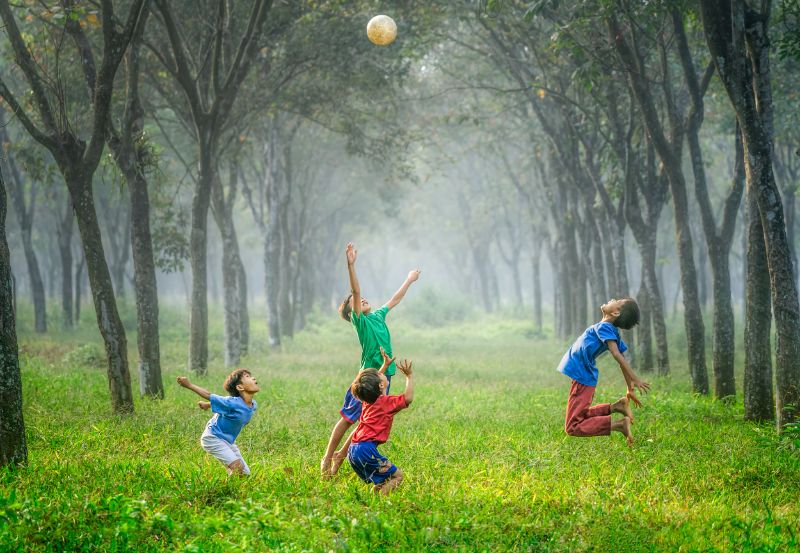
Natural solutions can become a haven where excess energy finds release, and the world’s relentless pace momentarily slows. Hyperactive children can express their exuberance without constraints.
Nature engages the senses, too. The textures of leaves, the scent of earth, the rustle of branches – these natural stimuli provide a rich sensory experience that helps regulate hyperactive impulses. The expansive, unstructured space allows children to participate in unbridled movement, fostering a holistic well-being.
As parents, we can facilitate moments where our hyperactive children can bask in the healing powers of nature. It’s a partnership that extends beyond mere recreation; it’s a profound connection that taps into the inherent synergy between the wild world and the spirited soul.
How to Incorporate Nature into Daily Life
Incorporating nature into daily life can help parents rein in hyperactivity. Don’t worry about grand gestures; instead, focus on infusing natural elements into the mundane. Imagine breakfasts bathed in sunlight streaming through open windows. Or bedtime stories told beneath the gentle glow of a moonlit sky. It’s about embracing the simple, the elemental, and weaving nature seamlessly into a routine.
How to Use Playtime Strategies in Nature
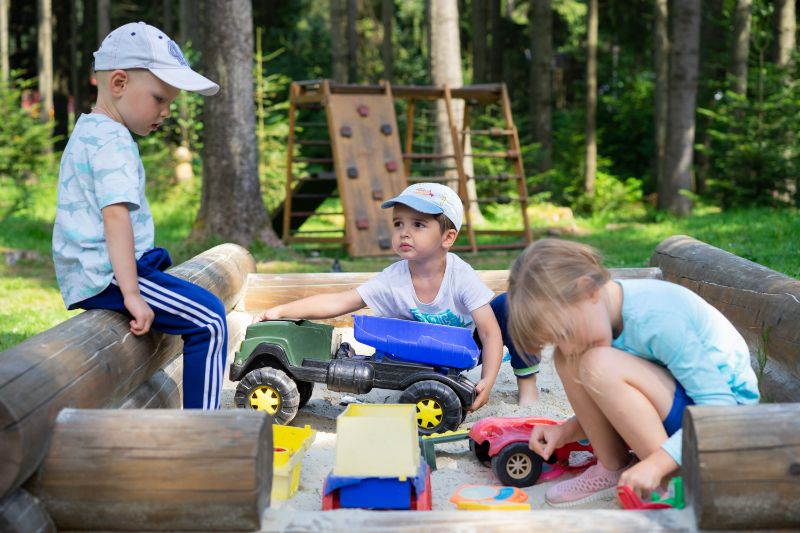
Playtime becomes transformative when set against the backdrop of nature. Instead of confining play to the walls of a structured environment, consider open spaces – a local park, a wooded trail, or even the backyard. Hyperactive children can express themselves here amid leaves, mud, and the wind. They can explore, use their senses, and nurture their creativity.
How to Craft a Nature-Friendly Home Environment
Thoughtfully integrate elements that mimic the soothing qualities of the natural world. Here are practical and unique ways to infuse your home with a touch of nature to benefit hyperactive children:
Natural Light
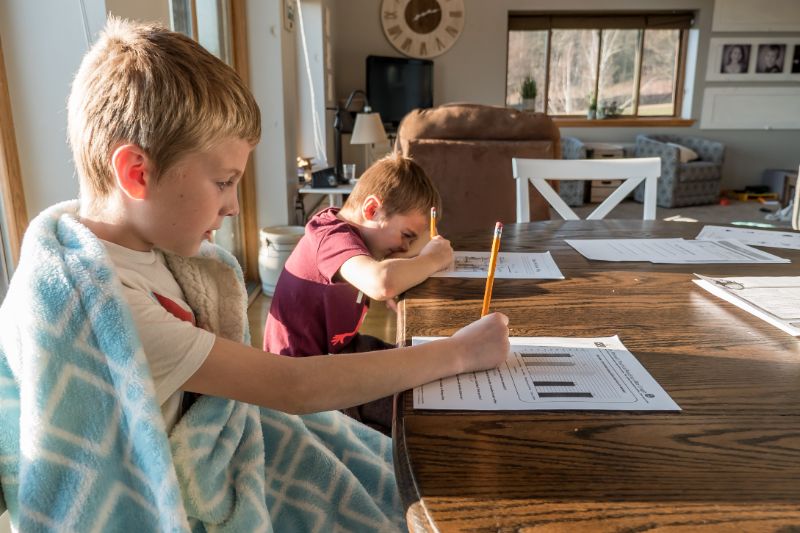
- Prioritize natural light by keeping curtains open during the day.
- Opt for sheer or light-colored curtains to maximize the diffusion of sunlight.
- Arrange furniture to allow for unobstructed views of outdoor spaces.
Indoor Plants
- Introduce indoor plants with varying textures and colors.
- Choose child-friendly, non-toxic plants like snake plants, spider plants, or peace lilies.
- Involve children in caring for the plants, creating a sense of responsibility and connection.
Nature-Inspired Colors
- Use a calming color palette inspired by nature. It includes soft greens, blues, and earthy tones.
- Incorporate nature-themed artwork or wall decals that bring the outdoors inside.
Natural Materials
- Pick furniture made from natural materials like wood, bamboo, or rattan.
- Include tactile elements including wool or cotton rugs and cushions to add warmth.
Nature Sounds
- Generally, it’s nice to use soundscapes of nature during quiet time or bedtime. Ocean waves, birdsong, or rustling leaves are excellent examples.
- Invest in white noise machines that simulate natural sounds to create a calming atmosphere.
Sensory Corners
- Create sensory corners with bins of natural materials like sand, pebbles, or seashells for tactile exploration.
- Incorporate textured fabrics like faux fur or soft blankets for a cozy, comforting feel.
Nature-Inspired Art and Decor
- Display nature-themed art, photographs, or posters.
- Decorate with items like driftwood, pinecones, or seashells to bring a touch of the outdoors inside.
Nature-Inspired Play Spaces
- Designate specific areas for play inspired by nature, such as a reading nook with soft cushions and nature-themed books.
- Include indoor plants or a small indoor sandbox for sensory play.
DIY Nature Crafts
- Engage in nature-inspired crafts with your child, like creating leaf-print artwork or making nature-inspired mobiles.
- Use found objects from outdoor adventures as decorative elements.
Open Shelving for Nature Collections
- Install open shelving to display nature collections like rocks, pinecones, or pressed flowers.
- Encourage children to curate and rotate their collections.
By incorporating these nature-inspired elements, you create a sanctuary that nurtures and supports the well-being of hyperactive children. The goal is to provide a balanced and calming space that complements their energy levels, fostering a sense of connection to the natural world within your home.
How to Harness the Power of Aromatherapy
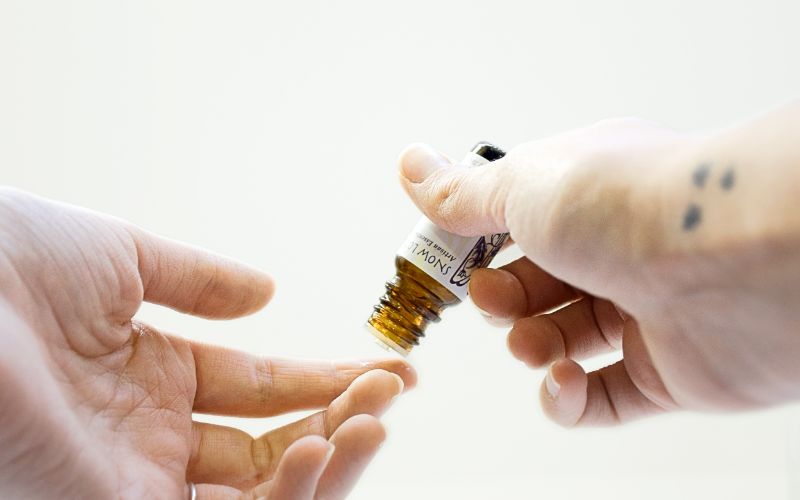
Aromatherapy deals with the aromatic essence of plants and their profound impact on the human psyche. Each scent can evoke emotions, stir memories, and, most importantly, create calmness.
How Aromas Can Influence Mood and Behavior
Aromas tap into the relationship between the olfactory senses and the emotional brain. Each scent carries a unique signature, capable of steering moods and influencing behavior. Citrus notes may spark vitality, while floral ones might evoke serenity. Understanding how aromatherapy works allows us to create an environment where the air can soothe hyperactive children.
Safely using aromatherapy for kids involves a thoughtful and cautious approach, considering the unique sensitivities and developmental stages of children. Here are guidelines to ensure a safe and enjoyable aromatherapy experience for your little ones:
Choose Kid-Friendly Essential Oils.
Safe options include lavender, chamomile, tea tree, citrus oils (like sweet orange or tangerine), and cedarwood. Always buy high-quality, pure essential oils from reputable sources to ensure safety and efficacy.
Dilute Essential Oils.
Essential oils are highly concentrated, and for children, it’s crucial to dilute them before use. A standard dilution ratio is 1-2 drops of essential oil per ounce of carrier oil (e.g., jojoba, sweet almond, or coconut oil).
Perform Patch Tests.
Before use, perform a patch test by applying a small diluted amount of the essential oil mixture on a small area of the child’s skin. Check for allergic reactions such as irritation or itching.
Use Age-Appropriate Methods.
For young children, indirect methods are often safer. Diffusing essential oils in the room allows gentle exposure without direct skin contact. You can explore topical applications for older children through diluted roller blends or adding a few drops to a bath.
Practice Mindful Diffusion.
When using a diffuser, ensure proper ventilation in the room. It’s advisable to diffuse for shorter durations, typically 30-60 minutes, and monitor your child’s response. Place the diffuser in a safe location, away from the child’s reach, to prevent accidental spillage.
Observe Individual Sensitivities.
Every child is unique, and individual sensitivities may vary. Observe how they respond to different essential oils. Stop using it at once when you feel something is off. If your little one has respiratory or other health conditions, consult your pediatrician before using aromatherapy.
Consult with Your Doctor.
Does your child have underlying health conditions? Are you on the fence about using essential oils? It’s best to discuss aromatherapy with your pediatrician before starting the practice.
How Deep Breathing Exercises Can Help Calm A Hyper Child
This mode of relaxation can help hyperactive children calm down by engaging the body’s natural relaxation response. Here’s how it can benefit and support hyper kids.
It Reduces Stress.
Deep breathing activates the parasympathetic nervous system, known as the “rest and digest” system. It helps counterbalance the overstimulation that hyperactive children often experience, reducing stress levels.
It Calms the Nervous System.
Hyperactivity is often linked to an overactive “fight or flight” response, or in layman’s terms, the sympathetic nervous system. Deep breathing stimulates the vagus nerve, promoting a shift toward the parasympathetic nervous system, leading to a sense of calm.
It Enhances Focus and Attention.
Deep breathing exercises can improve a child’s ability to focus and sustain attention by promoting relaxation. It pauses the constant stream of energy, allowing for a more centered and focused state of mind.
It Supports Emotional Regulation.
This breathing exercise provides a simple and effective method for emotional regulation. It offers a practical tool for managing emotional responses like frustration or anxiety.
It Improves Oxygen Flow.
Deep breathing involves slow, intentional inhalations and exhalations. It allows for a more efficient exchange of oxygen and carbon dioxide in the lungs. Additionally, this action can contribute to better oxygenation of the body and brain, promoting overall well-being.
It Enhances Self-Awareness.
Teaching deep breathing encourages hyperactive children to become more aware of their bodies and internal states. This mindfulness can empower them to recognize when they are overstimulated and initiate calming strategies independently.
It Reduces Impulsivity.
Hyperactive children often struggle with impulsivity, for this reason deep breathing exercises help create a moment of pause, allowing them to think before reacting impulsively.
It Establishes Routine and Ritual.
Incorporating deep breathing into daily routines, such as before bedtime or during transitions, provides a sense of predictability for hyperactive children. A calming ritual can be comforting and contribute to a more structured environment.
Practical Deep Breathing Exercises for Hyperactive Children
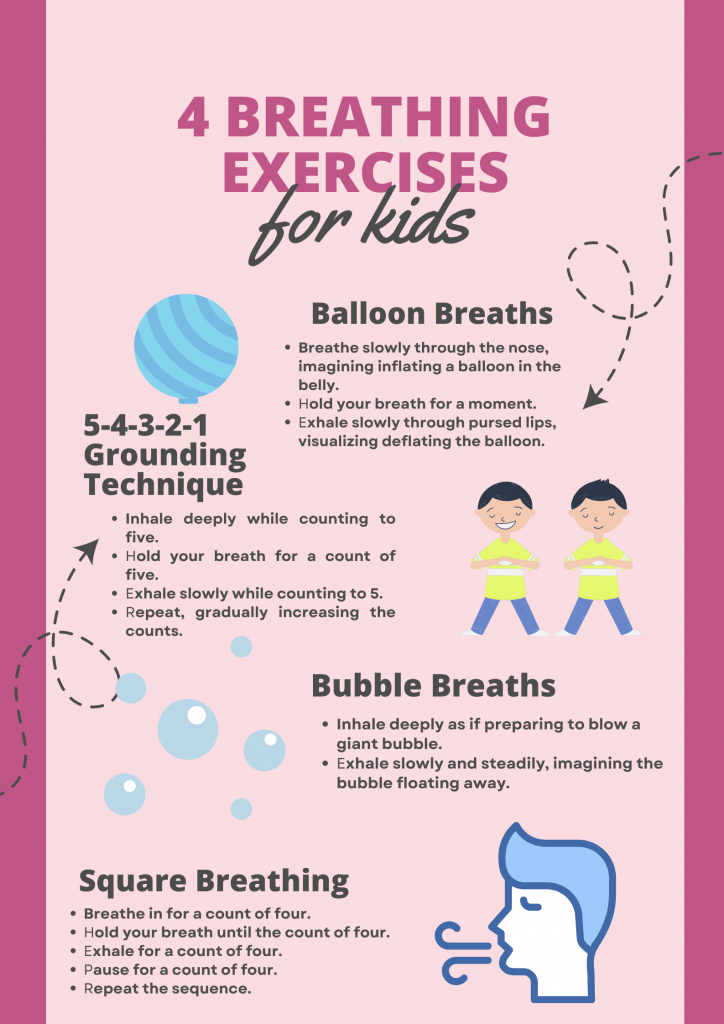
Calming Hyper Kids with Outdoor Activities

Outdoor activities can be a transformative and holistic approach to help hyperactive kids find balance, focus, and a sense of calm. The open spaces, fresh air, and diverse sensory experiences create an environment conducive to addressing the unique needs of hyper kids. Here’s how they can make a positive impact:
Sensory Stimulation
Nature provides a diverse and rich sensory environment. The textures of grass, the rustling of leaves, and the warmth of sunlight offer a variety of stimuli that can be calming and engaging for hyperactive children.
Natural Calming Effect
Immersion in natural settings has been associated with reduced stress and increased feelings of calmness. The tranquility of nature acts as a counterbalance to the overstimulation that hyperactive children often experience.
Physical Release of Energy
Outdoor spaces offer ample room for physical activities, allowing hyperactive kids to release excess energy constructively. Running, jumping, and playing sports outdoors provide an outlet for their boundless energy.
Enhanced Concentration and Focus
Nature can have a positive impact on attention and focus. Time spent outdoors can help improve concentration, which is often challenging for hyperactive children.
Stress Reduction
Nature walks, hikes, and other outdoor adventures can lower stress hormone or cortisol levels. Reduced stress contributes to a more relaxed state of mind for hyperactive kids.
Encouragement of Imaginative Play
Outdoor spaces stimulate creativity and imaginative play. Hyperactive children can engage in unstructured play, inventing games, and exploring their surroundings, fostering creativity and self-expression.
Nature as a Therapeutic Setting
Gardening and other outdoorsy tasks can have therapeutic benefits. The rhythmic and repetitive nature of activities like planting or weeding can be calming and meditative for hyperactive children.
Improved Sleep Patterns
Basking in natural light, especially in the morning, can lead to regulated circadian rhythms and improve sleep patterns. Quality sleep is therefore crucial for managing hyperactivity and promoting overall well-being.
Mind-Body Connection
Outdoor activities, undeniably, yoga in a natural setting, can help hyperactive kids develop a stronger mind-body connection. Whereas, mindful movements and breathing exercises promote a sense of inner calmness.
Routine and Predictability
Establishing outdoor activities as part of a routine provides hyperactive children with a sense of predictability, which can be comforting and contribute to overall emotional well-being.
Try the Natural Ways to Calm a Hyper Child
It’s important to note that every child is unique, and what works for one may not work for another. Furthermore, a combination of these natural solutions that are tailored to your little one’s specific needs and preferences can manage hyperactivity and promote overall well-being. Always consult with healthcare professionals for personalized advice and guidance.
This journey’s goal lies in the intention behind the strategies which is to foster an environment where hyperactivity meets harmony. It’s an invitation to pause amidst daily chaos and to embrace the outdoors as a sanctuary.
As you tread this path, remember that you are not alone. Please share your experiences, insights, and triumphs in the comment section. We’d love to hear how you’ve witnessed the calming effect of nature on your hyperactive child. Your wisdom is a beacon for others navigating similar waters.
Like this post? Click the image below to save it for later!
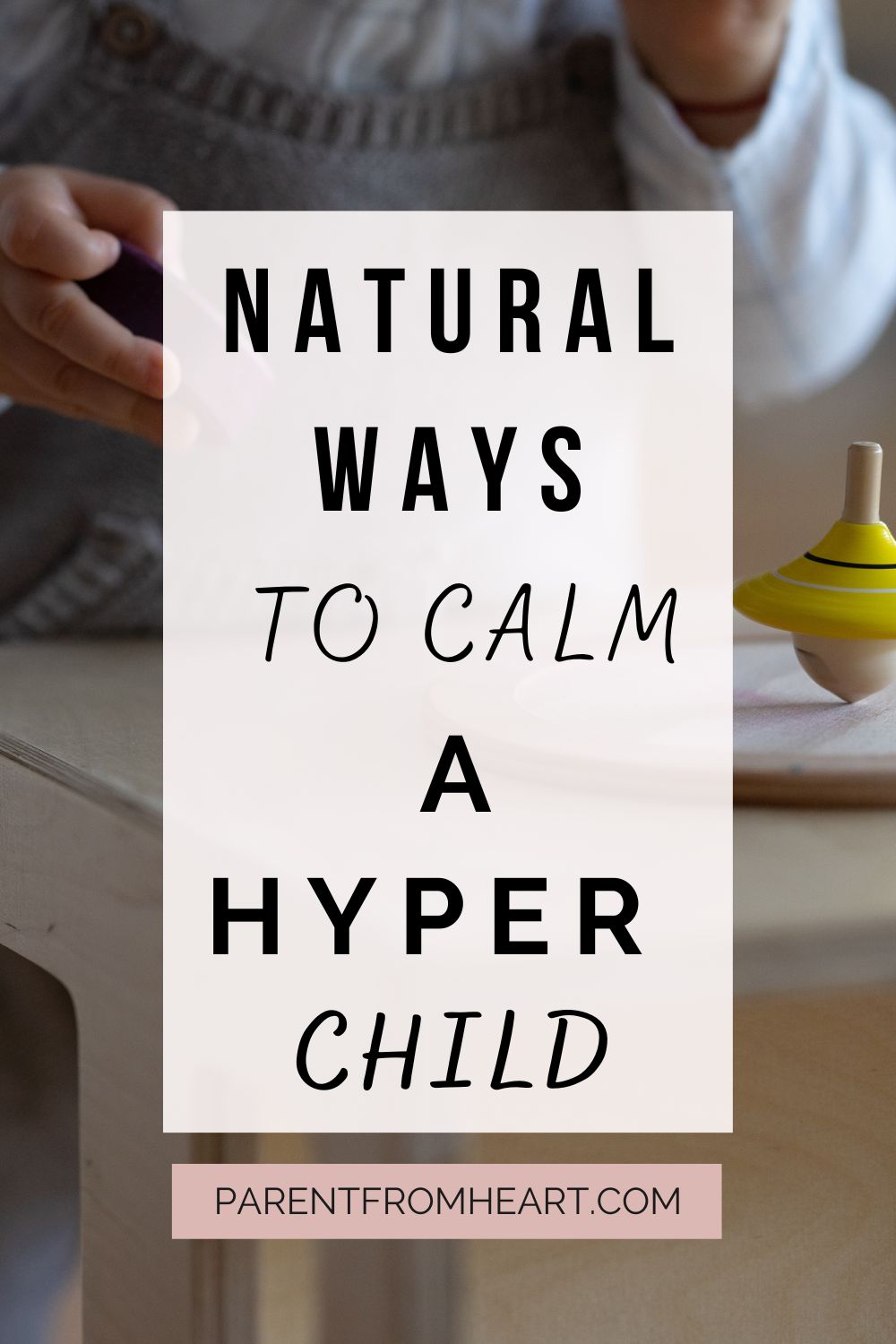
Bonus Calm Down Activities to Try With Your Child
